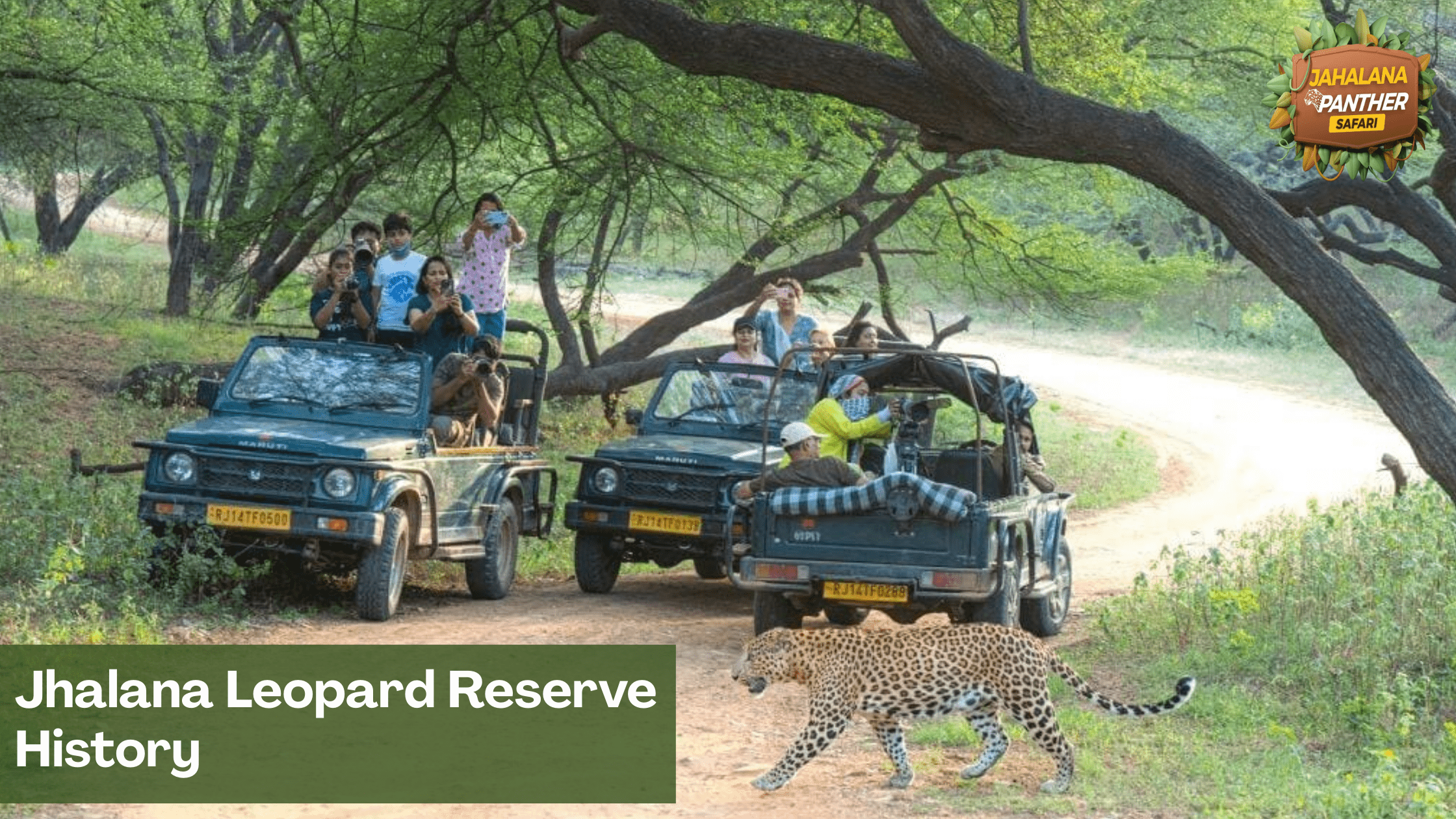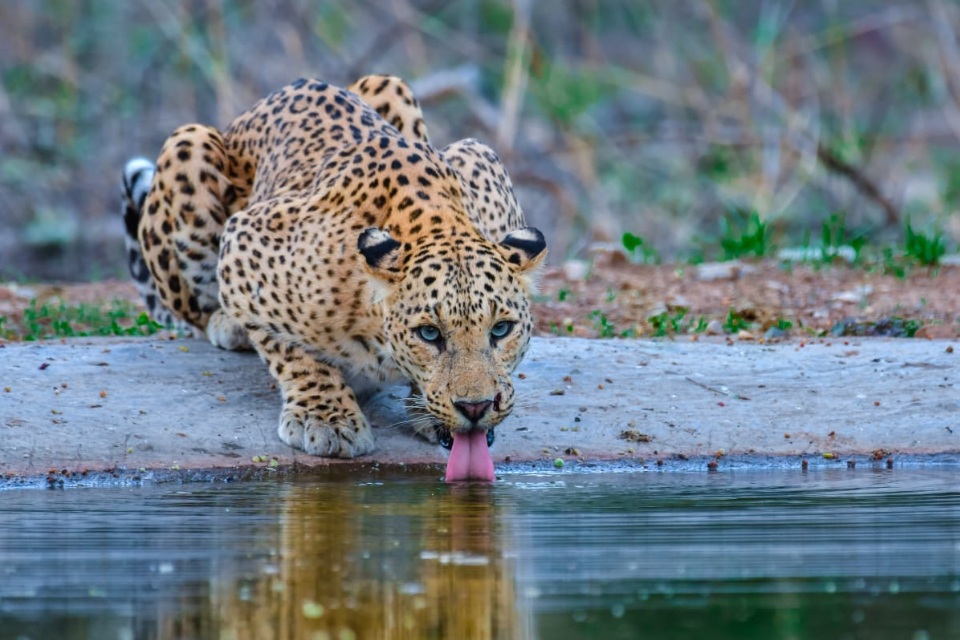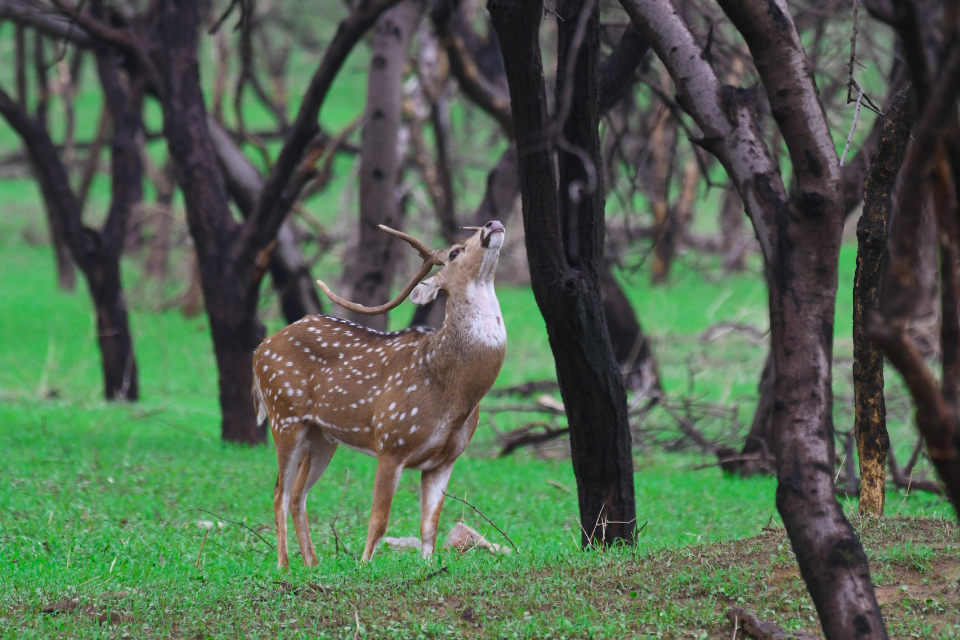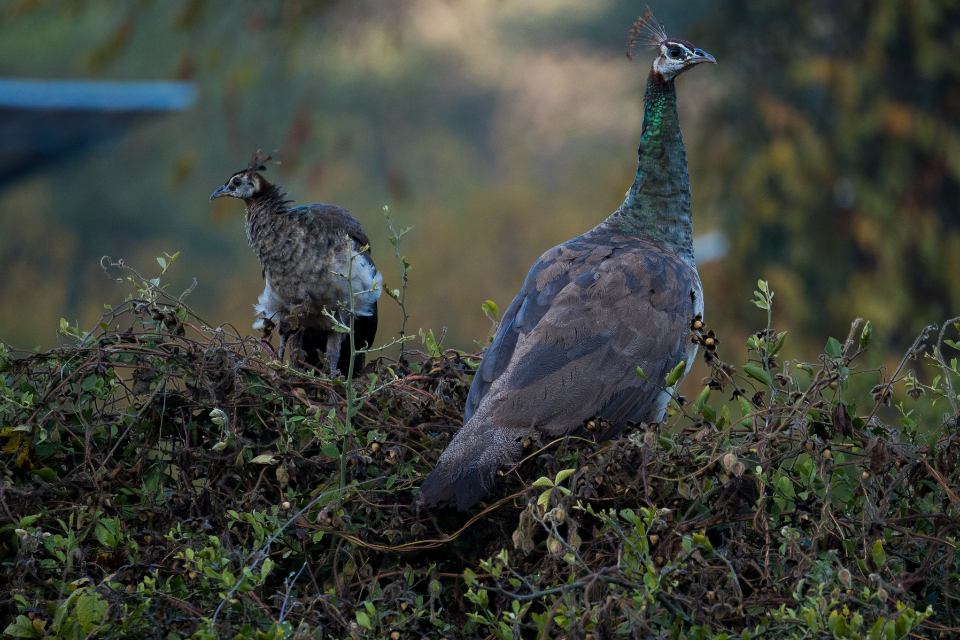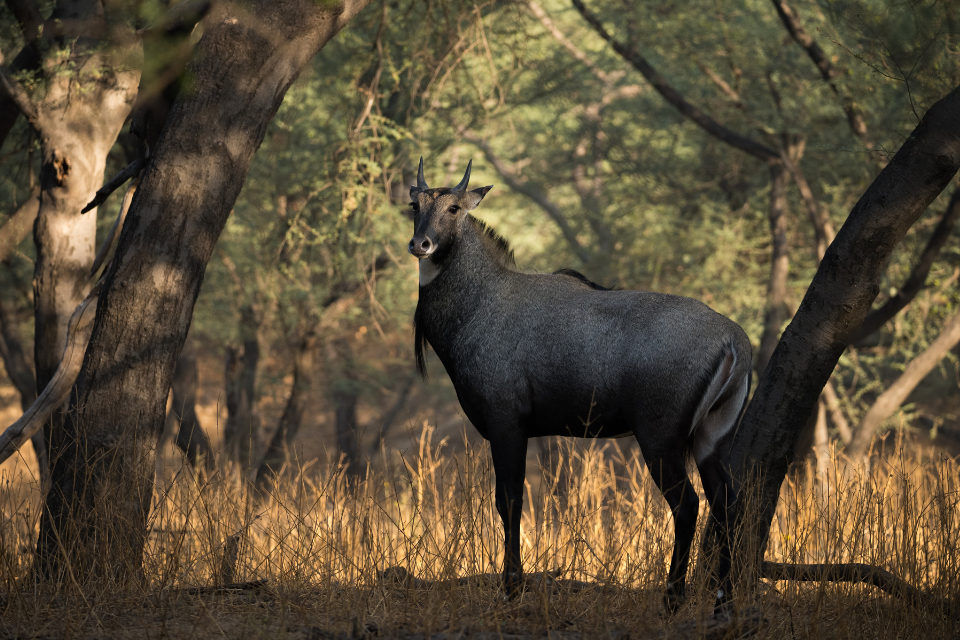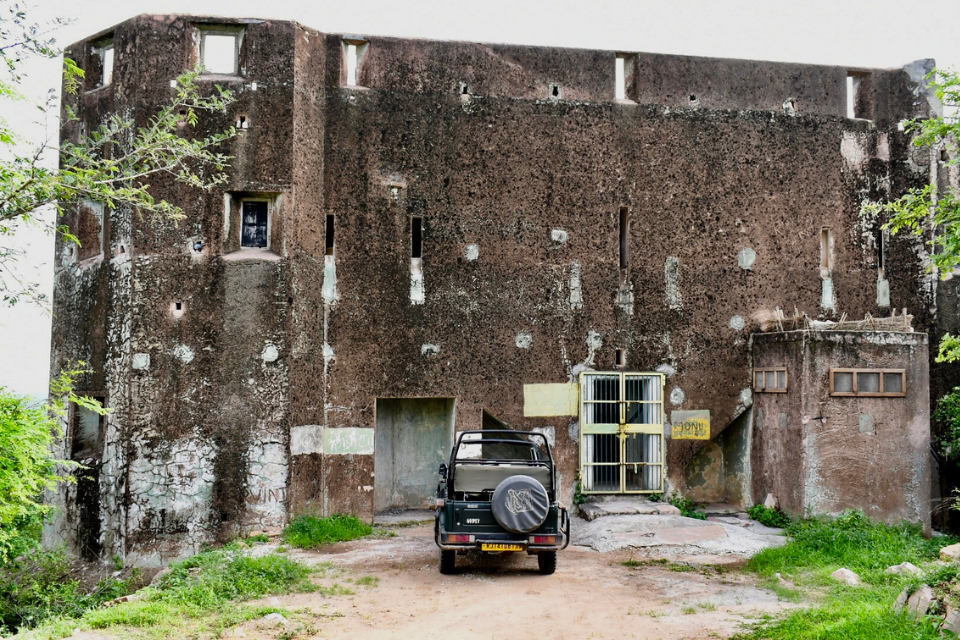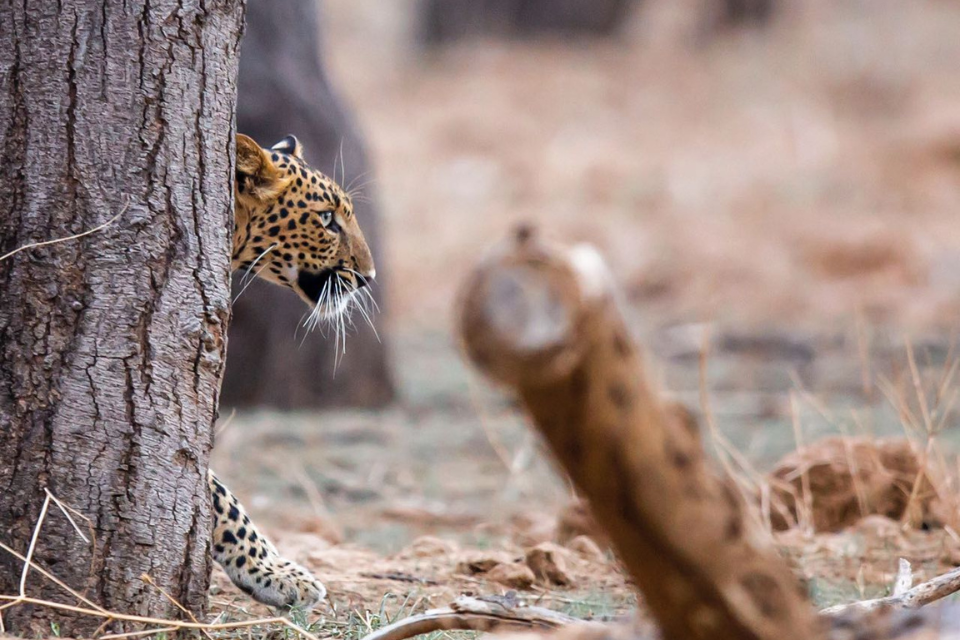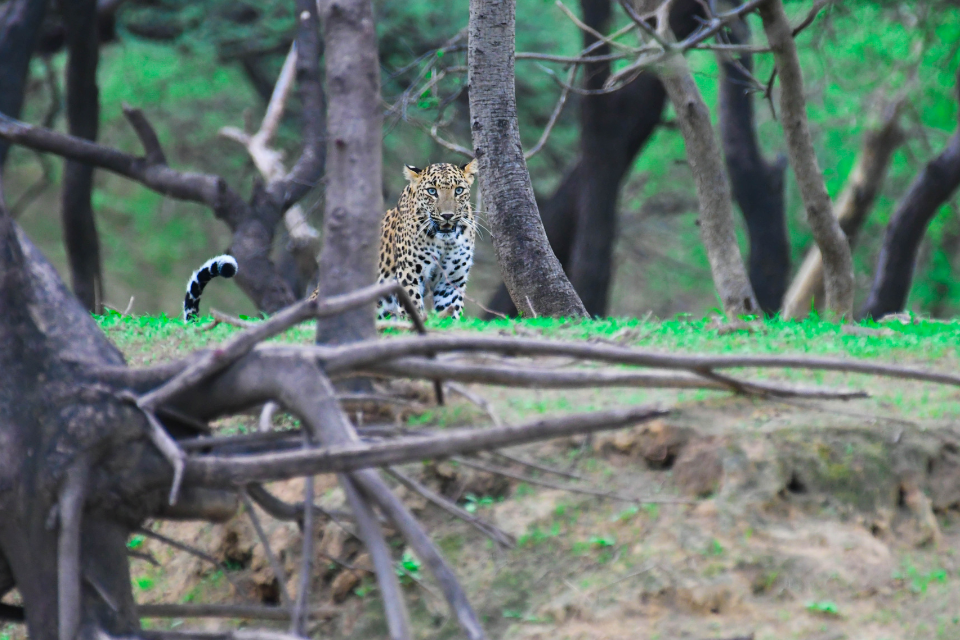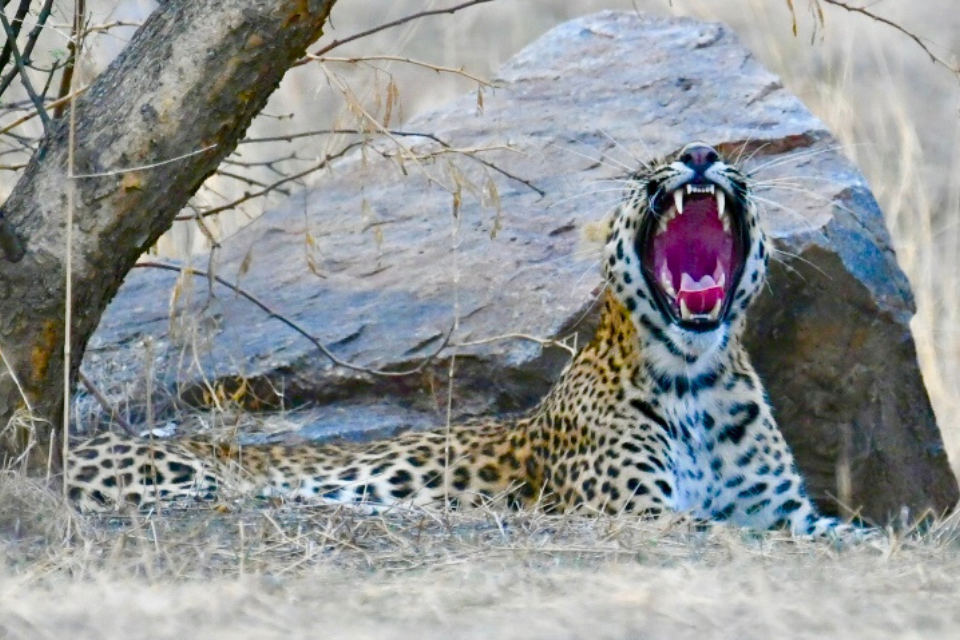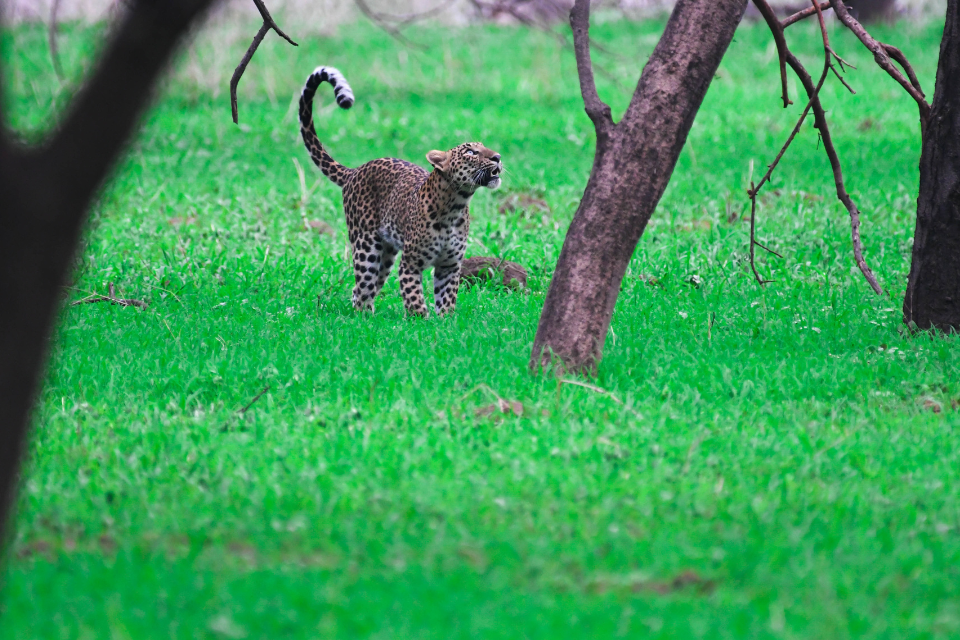- August 19, 2025
Jhalana Leopard Reserve History
The 3-minute gist
Jhalana sits inside Jaipur’s expanding city limits—yet it shelters a thriving leopard population. The forest first opened to tourists in December 2016, and in 2017 it was designated India’s first dedicated leopard reserve—a big policy shift that turned a once-hunted landscape into a model for urban wildlife conservation.
Before the reserve: royal hunts and a rugged Aravalli outpost
Long before camera-toting visitors arrived, the hills and scrub valleys of Jhalana were royal hunting grounds. A stone tower-lodge known locally as Shikaar Audi (you’ll also see “Shikar Hodi/Odhi”) still looks out across the forest—one of several reminders of the hunting era. In February 1876, the Prince of Wales reportedly shot a tigress in these hills. Accounts also note the last resident tiger here being killed in the mid-20th century (sources differ between 1943 and 1948), after which leopards became the apex predator.
Through the late 1900s and early 2000s, Jhalana’s scrubby Aravalli terrain—rocky ridges, dry deciduous patches, and thorn forests—continued to be hemmed in by the city. That urban pressure is part of what makes Jhalana’s modern story so unusual: big cats persisting alongside millions of people.
2016–2017: tourism begins, and Jhalana becomes a leopard reserve
The turning point came when the forest department opened Jhalana to visitors in December 2016 (pilot safaris on defined tracks). The following year, 2017, Rajasthan formally designated Jhalana as a Leopard Reserve—an explicit conservation category and part of a broader “Project Leopard” push. Together, these moves funded protection infrastructure, scientific monitoring, and a regulated tourism model that could pay for habitat maintenance.
Today, sources put the core tourist-accessible landscape in the ~20–23 sq km range, with leopard numbers healthy for such a compact, semi-urban habitat. (Estimates vary by source and year—what matters is the consistently high encounter rate thanks to terrain and habituation to vehicles.)
Shikaar Audi: a symbol of changing values
If you’re interested in how conservation narratives shift, stand on the terrace of Shikaar Audi at sunrise. Once a vantage point for hunts, the hilltop lodge now hosts tea breaks on some safaris and frames a different story entirely: watch, don’t disturb. Its survival as a landmark helps interpret the past—useful perspective when you’re explaining to kids why rules (like distance from animals and silence at sightings) matter today.
The urban-wildlife experiment that actually works
Why does Jhalana matter beyond “great leopard sightings”?
- Proof that small, urban-adjacent forests can hold apex predators. Jhalana’s dry scrub, interspersed with khejri, acacia, and rocky outcrops, offers ideal leopard denning and vantage points—even with the city right outside the boundary.
- A replicable model. After Jhalana’s success, Amagarh opened to the public on May 22, 2022 (World Biodiversity Day), giving Jaipur a second leopard tourism zone and creating momentum for corridors and shared management practices. In 2025, Jaipur added Beed Papad/Maila Bagh as a third zone—another Aravalli patch where fresh tracks, waterholes, and visitor facilities were developed to spread pressure and add capacity.
Quick timeline of key milestones
- Pre-1900s to early 1900s: Royal hunts; hunting lodges like Shikaar Audi built.
- 1876: Prince of Wales shoots a tigress here (documented in local accounts).
- Mid-20th century: Last resident tiger killed; leopards remain apex predator (sources vary, 1943 vs 1948).
- Dec 2016: Jhalana opens to tourists on fixed routes.
- 2017: Jhalana notified as India’s first dedicated Leopard Reserve as part of a state initiative (“Project Leopard”).
- May 22, 2022: Amagarh opens to visitors (World Biodiversity Day).
June 5, 2025: Beed Papad/Maila Bagh launches on World Environment Day, making Jaipur home to three leopard safari zones

How protection changed the forest (and your safari today)
Better track design & water management. In a dry landscape, waterholes are everything. Post-notification, the department added/maintained artificial and natural water points and planned tracks to reduce disturbance while maximizing viewing angles—especially along valley bottoms and saddles.
Visitor management. Jhalana uses time-bound, vehicle-limited entries and fixed tracks. This keeps pressure predictable, so leopards often tolerate vehicles at reasonable distances. “High sighting rates” don’t mean tame cats; it means the habitat structure, prey base, and patterns (like scanning rocky slopes at first light) favor sightings.
Local livelihoods. Guides, drivers, mechanics, and hospitality staff benefit from year-round business. When your permit and gypsy fees go back into patrol wages, waterhole upkeep, and invasive-species control, conservation becomes visible and practical.
What to look for if you love stories as much as sightings
- Old vs new Jhalana: Ask your guide to point out old shooting paths near Shikaar Audi—then compare them with modern patrol tracks. It’s history you can literally drive.
- Reading the rocks: Leopards here often use wind-cooled ledges by day. In winter mornings, scan east-facing rocks for sun-bathing.
- Scrubland specialists: Don’t miss the “smaller stories”—desert fox tracks, monitor lizards warming at den mouths, bee-eaters hawking over clearings.
- Corridor talk: Guides often swap news about animals crossing between Jhalana and Amagarh; roads make this tricky, and new city infrastructure must factor in ecological corridors.
Practical tips for a history-rich visit
Pick your slot by season.
- Winter (Nov–Feb): Cold, crisp light; longer leopard scans from rocks.
- Summer (Apr–June): Harsh light but excellent waterhole action; carry a scarf for dust.
- Monsoon (Jul–Sept): Green, gorgeous, but thicker foliage; rely on track knowledge and calls.
Photography shortcuts that help (and don’t harm):
- Keep shutters fast at dawn/dusk (1/1000s+ if animals are moving).
- Avoid flash; it adds nothing and can disturb behavior.
- Sit down in the gypsy: your silhouette matters more than you think in open scrub.
Make time for Shikaar Audi. A quick stop adds context—and silence at sunrise is magic. (Where breaks are allowed, let the guide lead; sometimes stops rotate or close for maintenance.)
Jhalana’s legacy: inspiring Amagarh and Beed Papad
Jhalana didn’t just prove leopards could thrive at a city’s edge; it also set the template Jaipur now scales across Amagarh and Beed Papad—with careful route planning, strict vehicle caps, and actively managed water sources. That broader network spreads visitor load, improves safety, and strengthens the case for wildlife corridors across highways and urban sprawl.
Responsible visitor checklist (pin this)
- Distance is respect. Don’t crowd or block an animal’s path.
- Zero baiting, zero playback. If you hear anyone suggest it, say no.
- Sound discipline. Whisper at sightings; no music in gypsies, ever.
- Delay your geotags. Post after you leave, and avoid exact location pins for sensitive den sites.
- Support local. Book official permits and registered vehicles; tips for guides/drivers keep skilled naturalists invested.
FAQs
1) Is Jhalana really India’s first leopard reserve?
Yes—Jhalana was formally designated a Leopard Reserve in 2017 under a Rajasthan initiative often described as “Project Leopard.” Multiple outlets and forest communications reference this milestone.
2) When did safaris start?
Pilot tourism began in December 2016 with regulated gypsy routes and timed entries.
3) How big is Jhalana?
Expect roughly 20–23 sq km of leopard habitat used for tourism/management. The exact figure varies by source and which management blocks are included.
4) What’s the story of Shikaar Audi?
It’s a historic hunting lodge/tower from the royal era, now a rest/interpretation stop on some safaris. It captures Jhalana’s shift from hunting to conservation.
5) How did Amagarh and Beed Papad enter the picture?
Amagarh opened to visitors on May 22, 2022, and Beed Papad/Maila Bagh on June 5, 2025, expanding Jaipur’s leopard-tourism circuit to three zones.
Disclaimer All images used in this blog are either sourced from public domain or credited to their respective owners. If you are the copyright holder of any image and wish to request its removal or proper attribution, please contact us at [email protected]
